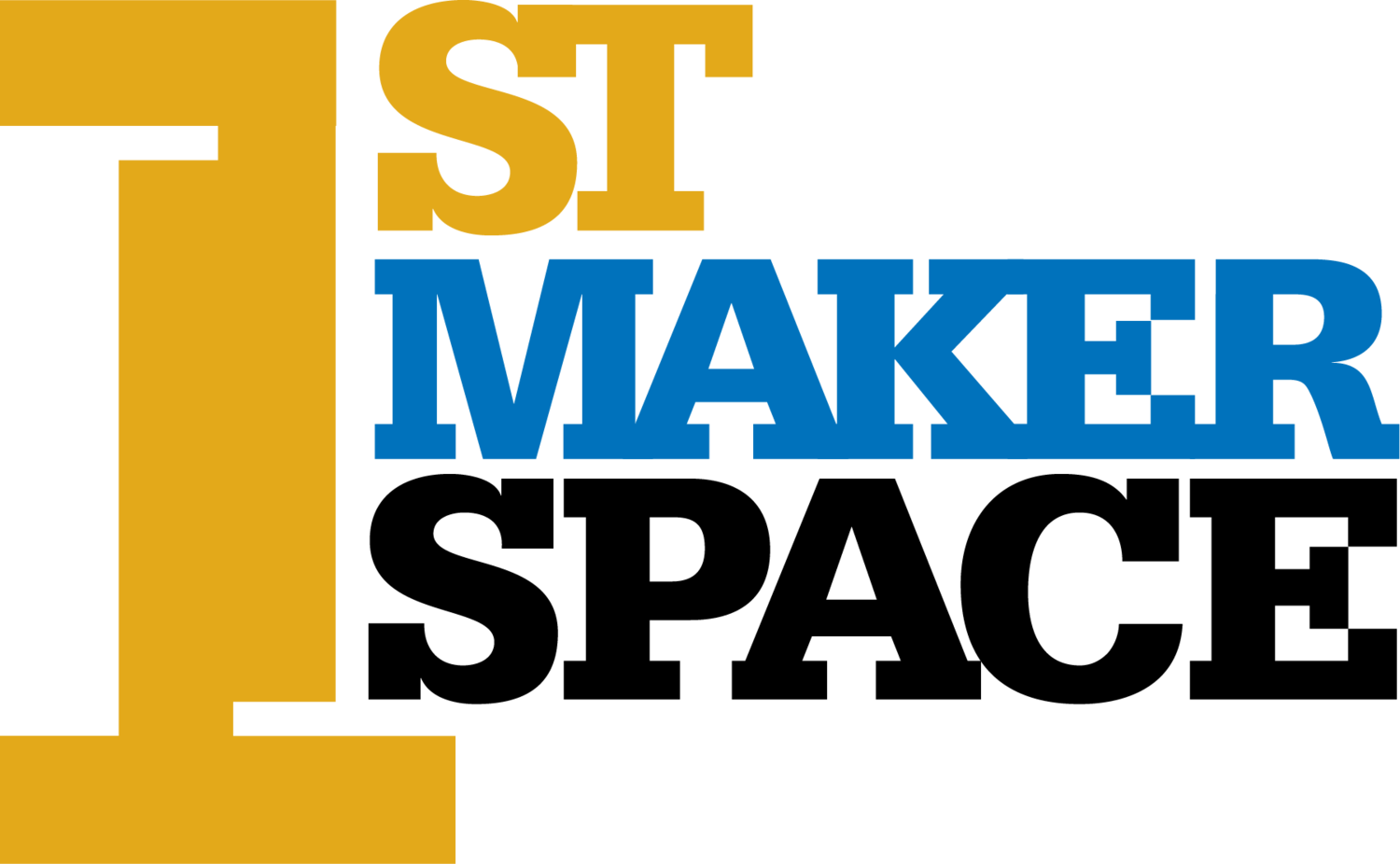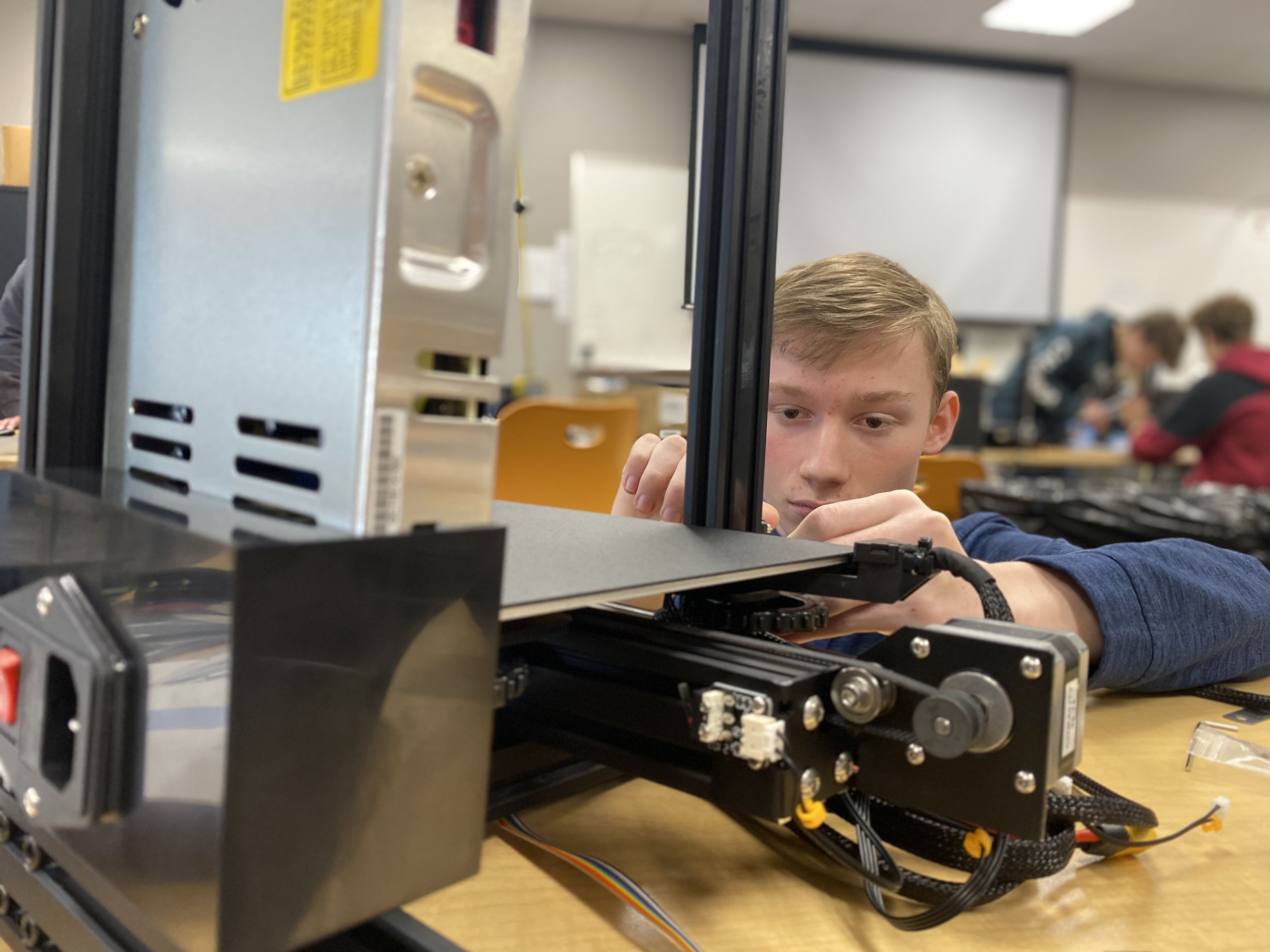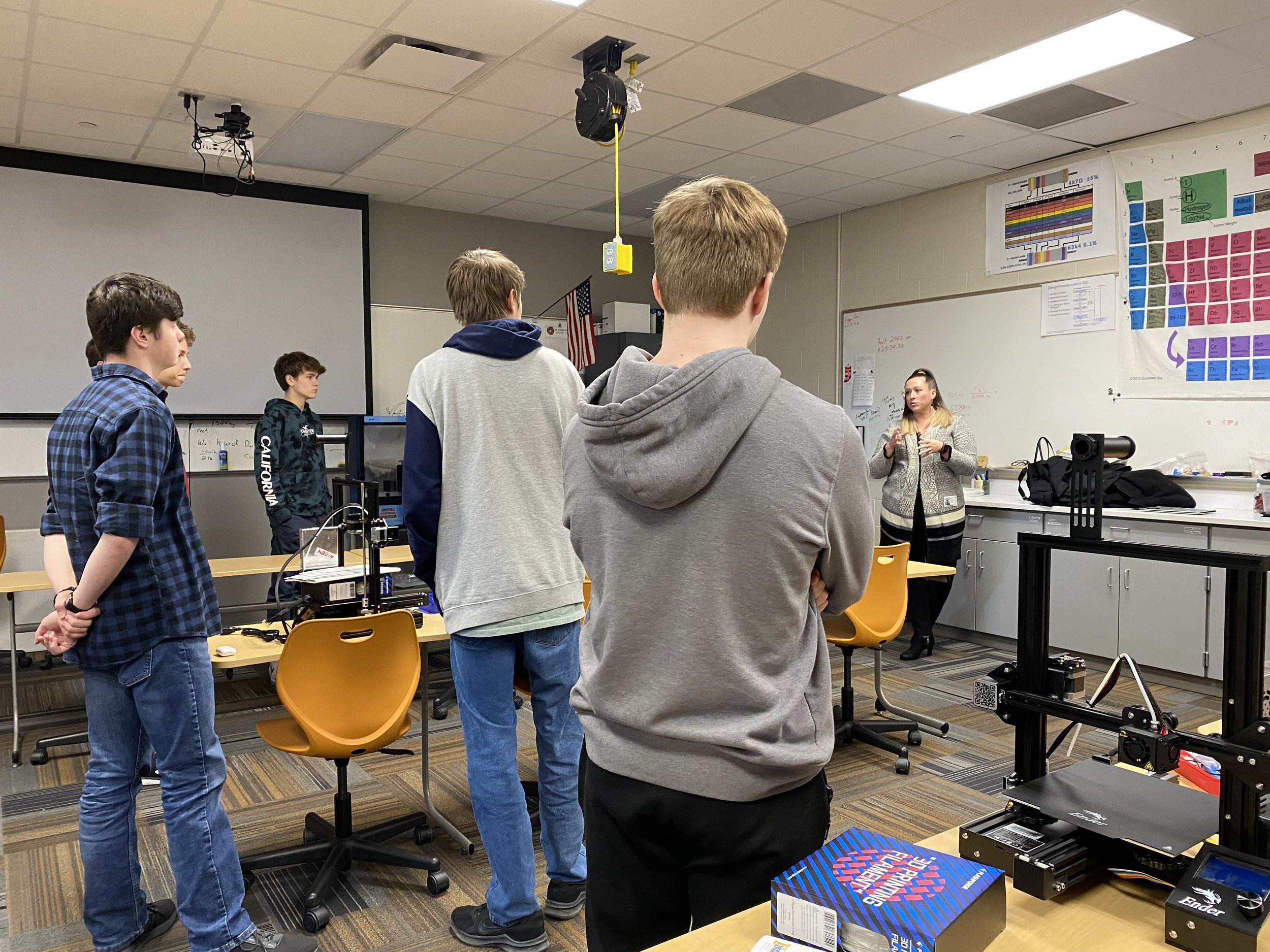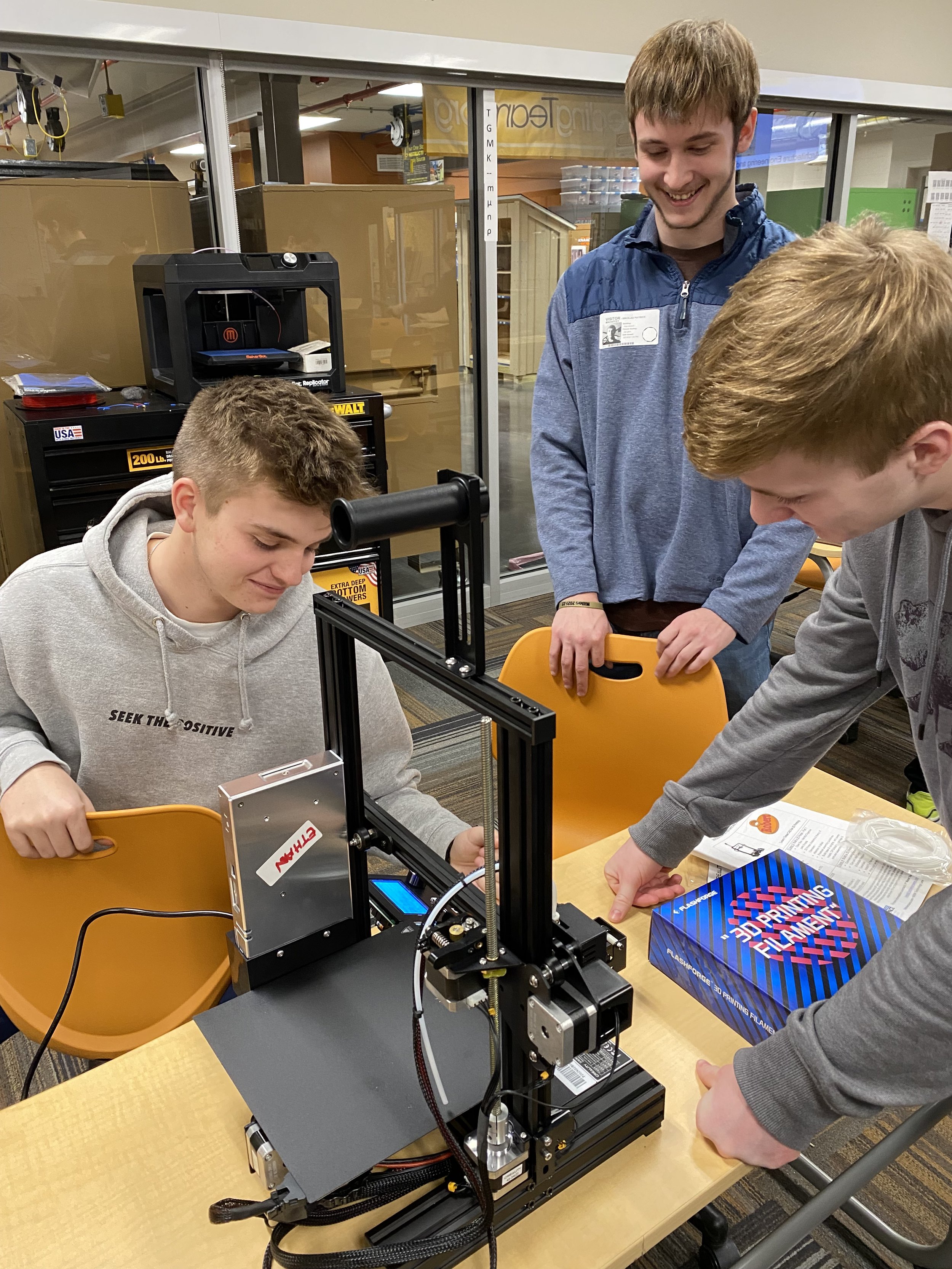Hamilton County Center for Career Achievement uses 3D Printers to Recruit Students interested in Industry 4.0
The Hamilton County Center for Career Achievement was established by the Hamilton County City Council as a way to advance CTE opportunities for students throughout the county. The Hamilton County Center for Career Achievement is currently focused on conducting a needs assessment and begin to develop innovative strategies to bridge the gap.
“The focus (of the Hamilton County Center for Career Achievement) is to be highly engaged with the local workforce. We do not plan to develop a brick-and-mortar Career and Technical Education center. Instead, the focus is to reinvest into the CTE programming at each high school throughout the county, so the school districts can build a program that fits the needs of their communities.”
The ultimate focus on career and technical education throughout the county is to create a pipeline of local workforce talent with viable opportunities for students to live, work, and play in their home communities. This focus on the sense of place helps schools develop programs that reflect the workforce needs of their local communities and allows programs to grow roots into the community through local businesses.
Several businesses across Hamilton County have expressed interest in participating in the educational system and currently participate through career fairs and internship programs. That is where Carrie Lively comes in. “Connecting employers to student career and technical education programs allows students to experience what they are learning in the classroom,” said Lively. “For example, several high schools across the county have partnered with several local manufacturers for years for internships, but those interns were usually in HR or accounting instead of any trade skills. We are starting to push back on that. We are developing out Advanced Manufacturing programs focused on Industry 4.0 technologies. Students can then have an apprenticeship experience at a local manufacturer throughout their experience in the program, keeping them engaged and excited about the career possibilities ahead of them.”
1st Maker Space operates out of the Indiana IoT Lab, located in Fishers, Indiana, so the team was excited to help brainstorm solutions with Carrie Lively about innovative ways to recruit students to explore careers in advanced manufacturing and STEM. The Hot Shot: Power Forward program was designed to “hook” students on advanced manufacturing through a hands-on 3D Printer Build Workshop. Across four class periods in two weeks, 36 students built Ender 3 3D Printers.
Power Forward has transformed the perception of advanced manufacturing from being boring or dirty to being hands-on and innovative for students at Hamilton Heights and Noblesville High Schools. A new population of students now see themselves as builders and tinkerers through experiencing advanced manufacturing with a 3D printer.
“The students were so excited to be a part of the program and build a 3D printer that they ran to class on build day. They wanted to learn. ”
The Power Forward program had impressive results: 22 of the 36 students enrolled in a course in the pathway for the 2022-2023 school year. They started with zero enrolled and were not sure if they would have enough momentum to offer the program. Lively’s goal is to recruit 120 students and scale-up the Power Forward program due to the local demand she has experienced.
Through Power Forward, a new generation of young people have found an interest in a career in Advanced Manufacturing and STEM.
“The goal is to continue to expand the program to all high schools in Hamilton County that have interested students.”
1st Maker Space is offering Power Forward as a workshop in 2022-2023 for all courses in the Advanced Manufacturing pathway. Learn more by contacting our team here.





